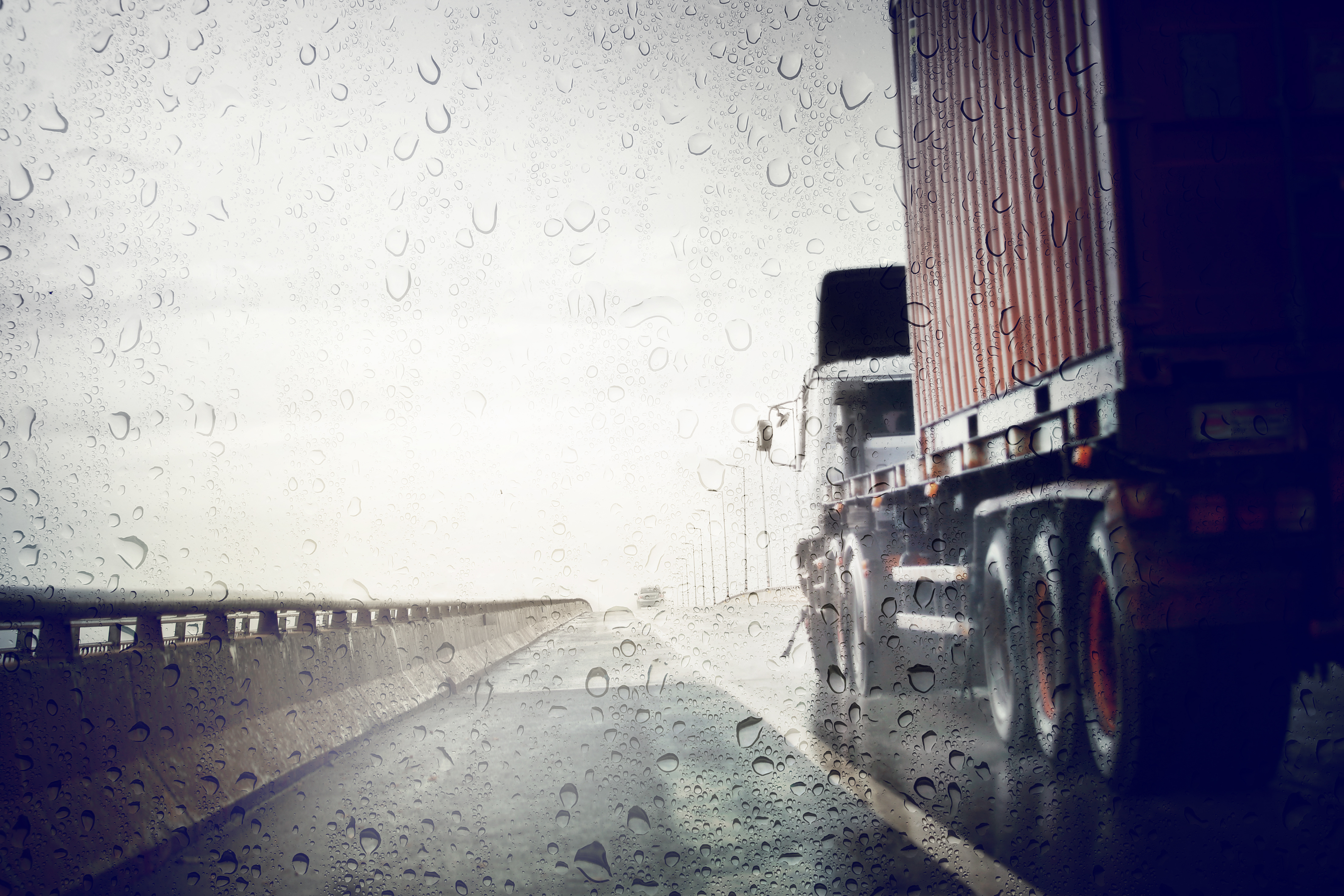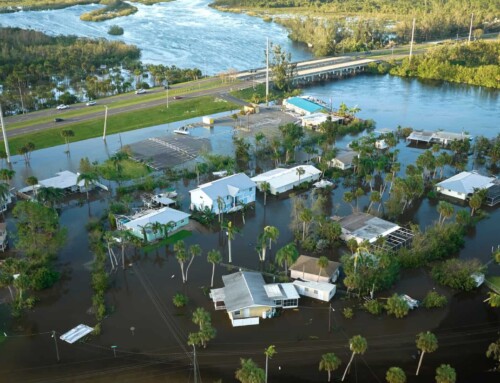The recent rapid escalation of Hurricane Dorian from minor tropical storm to category 5 hurricane brings into stark reality the importance of preparation when hurricane season comes around. One specific aspect of this comes from remembering or relearning how to safely drive in inclement weather, whether it’s rain or high-speed winds.

Driving in the Rain
Turn on your headlights – Headlights are not just for nighttime. When visibility gets low, which includes during a heavy rainstorm, your headlights should be on. This improves your chances of being seen by other drivers, which can be vital at highway speeds.
Slow down – Speed limits are designed for the best driving conditions and when it rains it adds an extra element that can cause mistakes. Rain reduces your ability to brake safely. It’s recommended that you increase your follow time from three to five seconds. In other words, the time between when the closest vehicle passes a static object and when you pass it.
Turn off cruise control – When driving on slick surfaces, cruise control can actually be more dangerous. In the event of hydroplaning, your car may actually gain speed while on cruise control.
If you do start to hydroplane, let off the gas slowly, and steer straight until you regain control. If you start to spin, calmly and slowly turn the wheel in the direction of the spin. Make sure you don’t jerk the wheel or try to correct against the spin. In the moment, it can be difficult to remember the safest way to avoid a wreck, so a constant reminder is important.
Driving in Heavy Winds

Wind doesn’t always seem like a threat while driving, but during a hurricane, wind speeds within the storm cell are at minimum 74 mph and can reach as high 150mph or more. And while these winds are concentrated right around the storm, high winds can affect areas outside of the hurricane as well. This is especially dangerous in open areas or places where the wind can be funneled and amplified. Highway overpasses and roads cut into mountains are susceptible to this funneling effect.
If you know that you are going to be driving in high winds, it’s important to take special care and adjust your driving accordingly. Slow down to help maintain control over your car.
Pay attention to large vehicles, which are more heavily affected by winds. Trailers can be moved significantly and the drivers may have difficulty staying within their lanes. Driving around semi-trucks can also be dangerous because a mini-funnel can be formed underneath the trailer. Maintain strong grip on the wheel with both hands.
—
If you do happen to suffer an accident during heavy rain or low visibility it’s important to be as safe as possible. Move your vehicle out of traffic, if it’s safe to do so. It’s also helpful to turn on your hazards, and get out of your vehicle and away from traffic, if possible. Do all this before following the usual steps to recording the accident.





